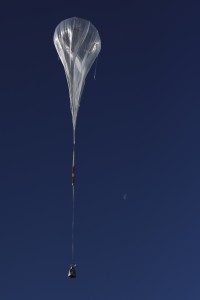Red Bull Stratos Technical Project Director
Art Thompson possesses more than 30 years of experience in innovating leading-edge design that has produced major breakthroughs in aerospace history, including development of the B-2 “Stealth” bomber.
As technical project director for Red Bull Stratos, Art drives engineering program management and has also been responsible for selecting and assembling the global mission team and securing equipment and facilities. He is Felix Baumgartner’s right-hand man and earliest collaborator.
A California native, Art studied engineering at the University of California, Los Angeles and also attended the University of La Verne and Northrop University. While working for Northrop Corporation in the late 1970s, he and a small contingent of engineers (working under Dr. John Cashen and Fred Oshira and using an original design concept by Irv Waaland) brainstormed ideas and methods for military aircraft that could avoid radar detection. The Northrop team went from drawing napkin sketches and conceptualizing ideas and shapes to conceiving the design that the Department of Defense chose to develop into the B-2 Spirit.
Today Art is vice president of Sage Cheshire Aerospace, Inc. which he co-founded in Lancaster, California, more than 10 years ago. The company provides solutions for a complete range of aerospace needs, from initial design and engineering to finished product, with an experienced team of professionals hand-picked by Art himself.
Art is instrumental in coordinating the efforts of the global mission team to meet all production, testing and implementation milestones. Further, his Sage Cheshire crew is responsible for the design, construction and testing of Felix’s capsule, and the facility serves as the hub of mission technological development overall.


